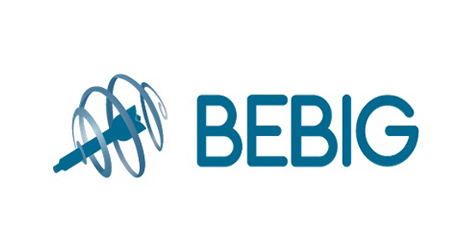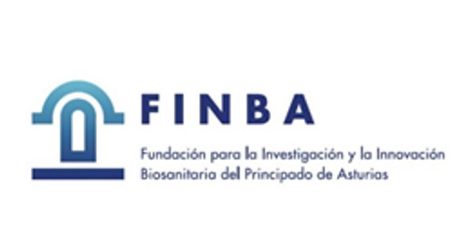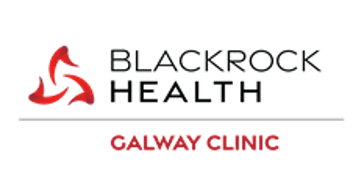
Our Partners
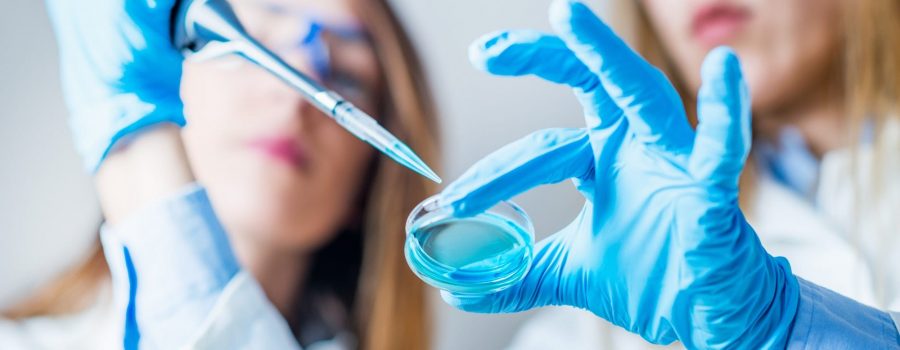

ORIGIN
Partners role
| UL | Coordinator. Integration of the hardware components for the LDR and HDR ORIGIN systems. Software development for dose imaging and source localisation. |
| UNINS | Development of the photon detector array for optical signal control and acquisition |
| VUB | Redesign of the LDR- and HDR-BT probes for improved optical performance and compliance with spatial resolution requirements; prototype fabrication and demonstration of repeatable high-volume manufacturability |
| BME | System integration with existing clinical BT delivery devices and advise on regulation and marketability |
| QUB | End-user. system requirements, validation of the optical fibre based dose imaging and source localisation systems and protocol development. Development of semi-anatomical phantoms. Clinical integration of the ORIGIN system. |
| GC | End-user. system requirements, validation of the optical fibre LDR-BT dose imaging and source localisation systems and protocol development |
| FINBA/HUCA | End-user. system requirements, validation of the optical fibre based dose imaging and source localisation systems and protocol development |
ORIGIN
Our Partners
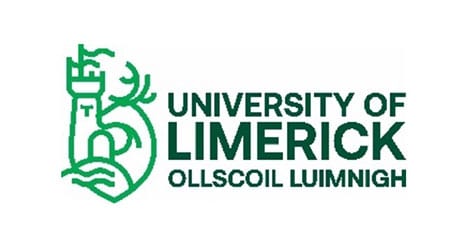
University of Limerick (UL)
www.ul.ie
The University of Limerick (UL) with over 13,000 students and 1,300 staff is an energetic and enterprising institution with a proud record of innovation and excellence in education, research and scholarship. The dynamic, entrepreneurial values which drive UL’s mission and strategy ensure that we capitalise on local, national and international engagement and connectivity.
Research at UL is renowned for its close alignment to real world problems and the university has an enviable reputation in fundamental research, which can have real impact on society and the economy alike. This strong focus allowed UL to gain a five star rating for innovation and excellence from QS, the international ranking body. This close alignment has also allowed UL to successfully compete for and win the right to host 5 national centres of excellence, all of whom have significant industry involvement, and aim to tackle real world issues. UL has a strong international reach and Involvement in the European Framework actions from FP2 to FP7, and current involvement in Horizon 2020 has grown UL’s international network of collaborators.
The project will be hosted by Optical Fibre Sensors Research Centre (OFSRC), one of nine research centres within the Electronic & Computer Engineering Department, College of Science and Engineering. Established in 1997 by Director Prof. Elfed Lewis, the OFSRC has been engaged in numerous national, European funded and industry collaborative projects in the general area of optical sensors for environmental, medical and industrial process monitoring. The Optical Fibre Sensors Research Centre currently occupies a laboratory which is 75m2 in area and has extensive optical test and calibration equipment including fusion splicer, optical attenuation test, OTDR, spectrometer, and stabilised sources.

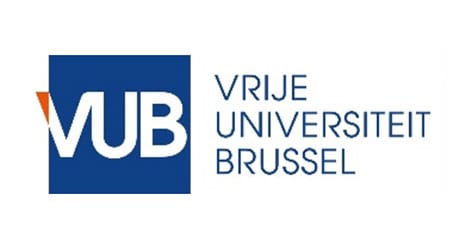
Vrije Universiteit Brussel (VUB)
www.vub.be

Queen’s University Belfast (QUB)
www.qub.ac.uk
Queen’s University Belfast (QUB) is a member of the Russell Group of the top 24 research active universities in the UK and has over 25,000 full and part time students. The Centre for Cancer Research & Cell Biology (CCRCB) is part of the School of Medicine, Dentistry and Biomedical Sciences of Queen’s University Belfast. It is a cross faculty and multi-disciplinary centre with over 300 clinical and basic researchers working in cancer and cell biology related areas from basic research through to translational and clinical application with a focus on personalised cancer medicine. It has a strong background in mechanistic studies of new targeted agents, through translational and clinical projects. It is closely aligned to the Northern Ireland Clinical Cancer Centre situated on the same campus and also has strong collaborative links with researchers in the school of Pharmacy, Physics and Biological Sciences. Radiation Science is a key focus area of the Centre bringing together multidisciplinary strengths in Radiation Physics, Biology and Oncology focused on clinical advances in radiotherapy including research on radiation risk. This is delivered through an Advanced Radiotherapy Group consisting of radiation biologists, radiotherapy physicists and radiation oncologists.
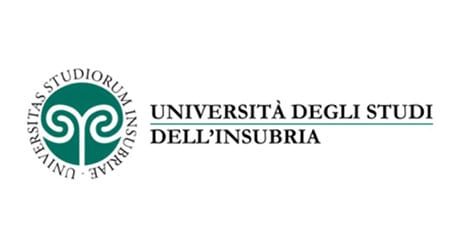
Università degli Studi dell’Insubria (UNINS)
www.uninsubria.it
Università degli Studi dell’Insubria, established in 1998, is a research oriented institution based in Varese and Como, in the northern part of Italy. Varese hosts the faculties of Economics, Medical Science, Biology/Biotechnology, Civil Engineering and Computer Science while the hard core science (Chemistry, Physics and Mathematics), Environmental science and the School of Law are located in Como.
By the time of writing, about 12 000 students at undergraduate and master level are enrolled at UNINS and the graduate school offers courses & research activities in the major fields to about 150 Ph.D. candidates, the majority of which are financially benefitting from scholarships by the University.
The scientific person in charge for the ORIGIN project is part of the Department of Science and High Technology, house of Chemists, Physicists and Mathematicians. The Dept. has a long standing tradition in participating and leading EU funded projects in different domains since the Framework Program 5; projects in cooperation with national and international companies are also key to the activities of the research staff at the Dept.
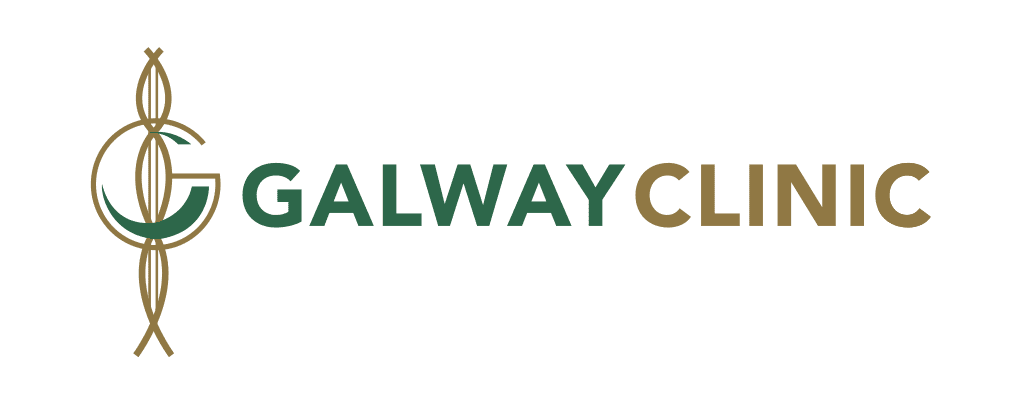
Galway Clinic (GC)
www.galwayclinic.com
The Galway Clinic is a state of the art hospital which provides 24 hour health care services. There are in excess of 120 Physicians and Surgeons who have admitting and operating privileges and some have Consultant Suites within the Clinic. The Clinic has an occupancy rate of 95% and an average length of stay of 3.6 days. It has 146 in-patient beds; eight of which are ICU beds and the remaining 138 are on five in-patient units (Mother Teresa Unit, O’Malley Unit, Freyer Unit, John Paul II Unit and Our Lady of Knock Unit). There is a Same Day Surgery unit and Emergency Room. There are seven operating suites, an endoscopy suite, a catheterisation laboratory and an oncology day unit. Diagnostic modalities include CT, PET/CT, and MRI among others. The project will be hosted by the Department of Medical Physics at the Galway Clinic.

BEBIG Medical
www.bebig.com
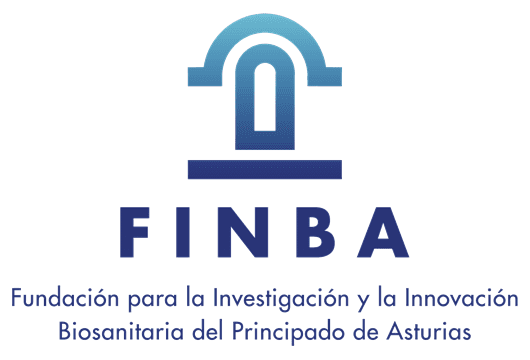
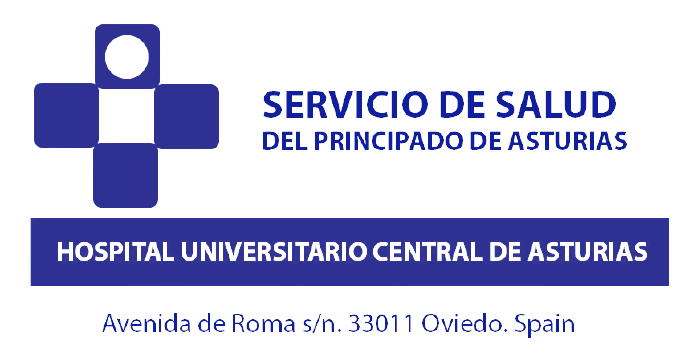
FINBA
www.finba.es
The Foundation for Biosanitary Research and Innovation of the Principality of Asturias (FINBA) is a non-profit organisation configured as the management structure for Research, Development and Innovation activities in the health centres of the Health Service of the Principality of Asturias (SESPA). In 2016, Principado de Asturias, Servico de Salud del Principado de Asturias (SESPA), Universidad de Oviedo and FINBA signed a Cooperation Agreement to create the Instituto de Investigación Sanitaria del Principado de Asturias (ISPA). ISPA lacks its own legal personality, so the legal acts necessary to achieve its purposes are adopted by the FINBA, who act as the management body of the same, without prejudice to the competences of each of the associated institutions. The Hospital Universitario Central de Asturias (HUCA) is the reference hospital for the cancer treatment in the Principality of Asturias and is a member of ISPA.
- – The Radiotherapy Department within HUCA is equipped with the following machines:
- – Four LINAC (Varian) with VMAT technology and EPID transit dosimetry for invivo dosimetry in the four linacs
- – One INTRABEAM 600
- – Two afterloaders HDR SagiNova with Co-60 sources (Eckert&Ziegler).
The Radiotherapy Department has treated 2200 patients in 2020 year with external radiotherapy and 350 patients with HDR and LDR seeds (about 60 year with this technique). Since 2014 invivo dosimetry has been performed in all HDR prostate patients, performing more than 400 determinations to date.-

